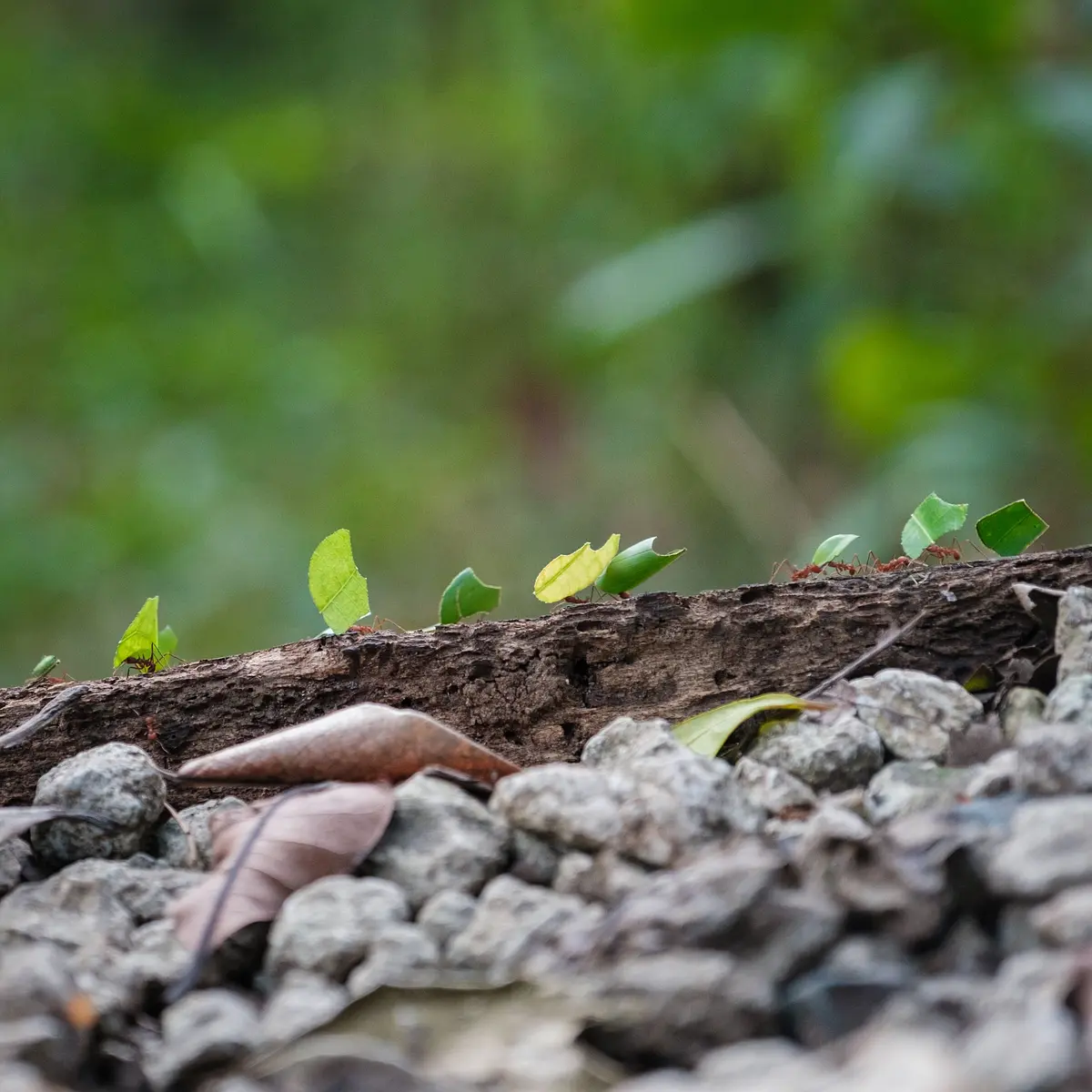Relación entre la distancia de forrajeo y el transporte de biomasa en el género Atta
$45 USD
ComprarContiene
Relación entre la distancia de forrajeo y el transporte de biomasa en el género Atta (Archivo .rar)
The cut ants are recognized as the largest herbivore of the forests of the American continent, to understand their ecology it is necessary to do research regarding the transport of biomass and the factors influence it. In the present investigation it is tried to evaluate if the transport of biomassa
The cut ants are recognized as the largest herbivore of the forests of the American continent, to understand their ecology it is necessary to do research regarding the transport of biomass and the factors influence it. In the present investigation it is tried to evaluate if the transport of biomassa in the genus Atta is related to the distance that there is until the foraging area. This investigation was carried out during three days in the Tuis tuis village, 7 nests were evaluated, measuring in each one the distance of them with a measuring tape of 30 m, biomass data were also taken, collecting with metal pikes the material transported by 300 individuals in each nest. Use the correlations to evaluate the relationship between the evaluated variables, obtaining a positive relationship (r = 0.652) and a p> 0.05. These results confirmed our hypothesis that the nest distance is related to the amount of biomass transported in the Atta genus
